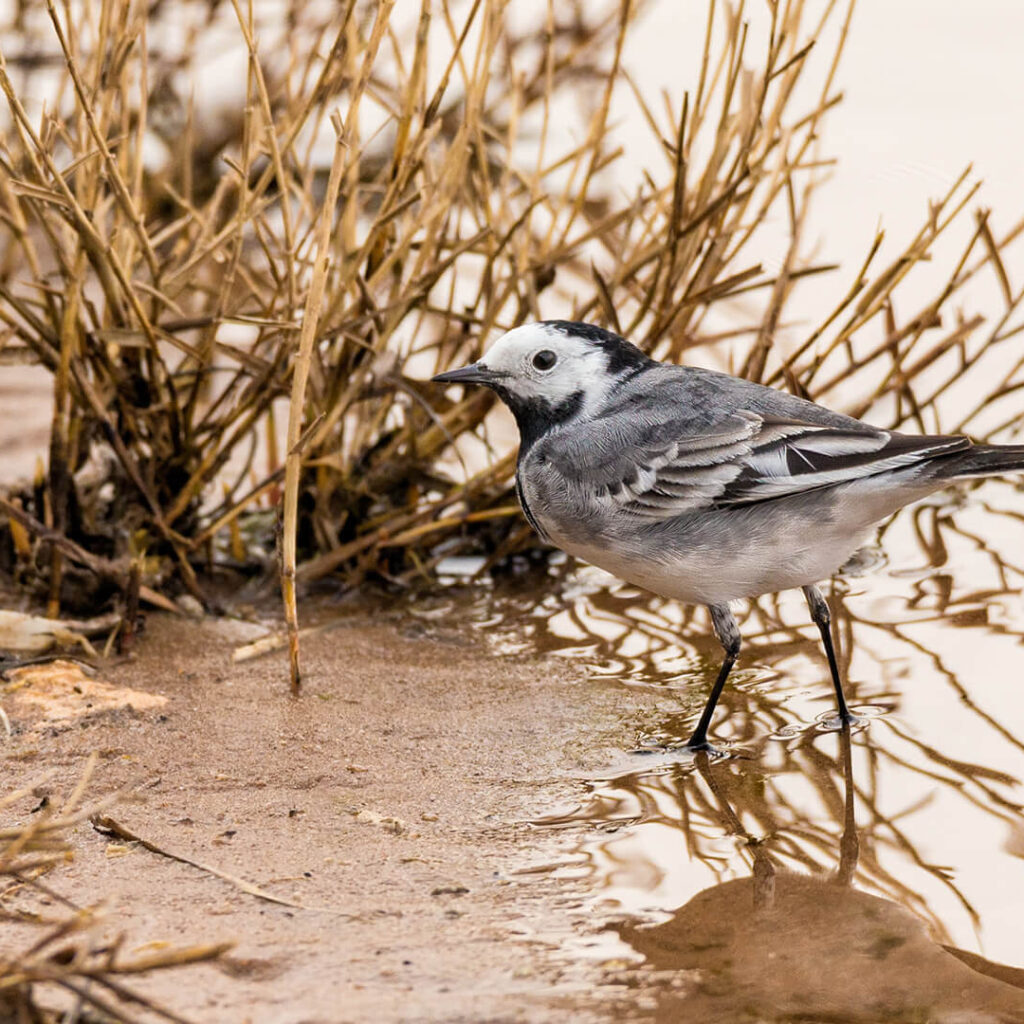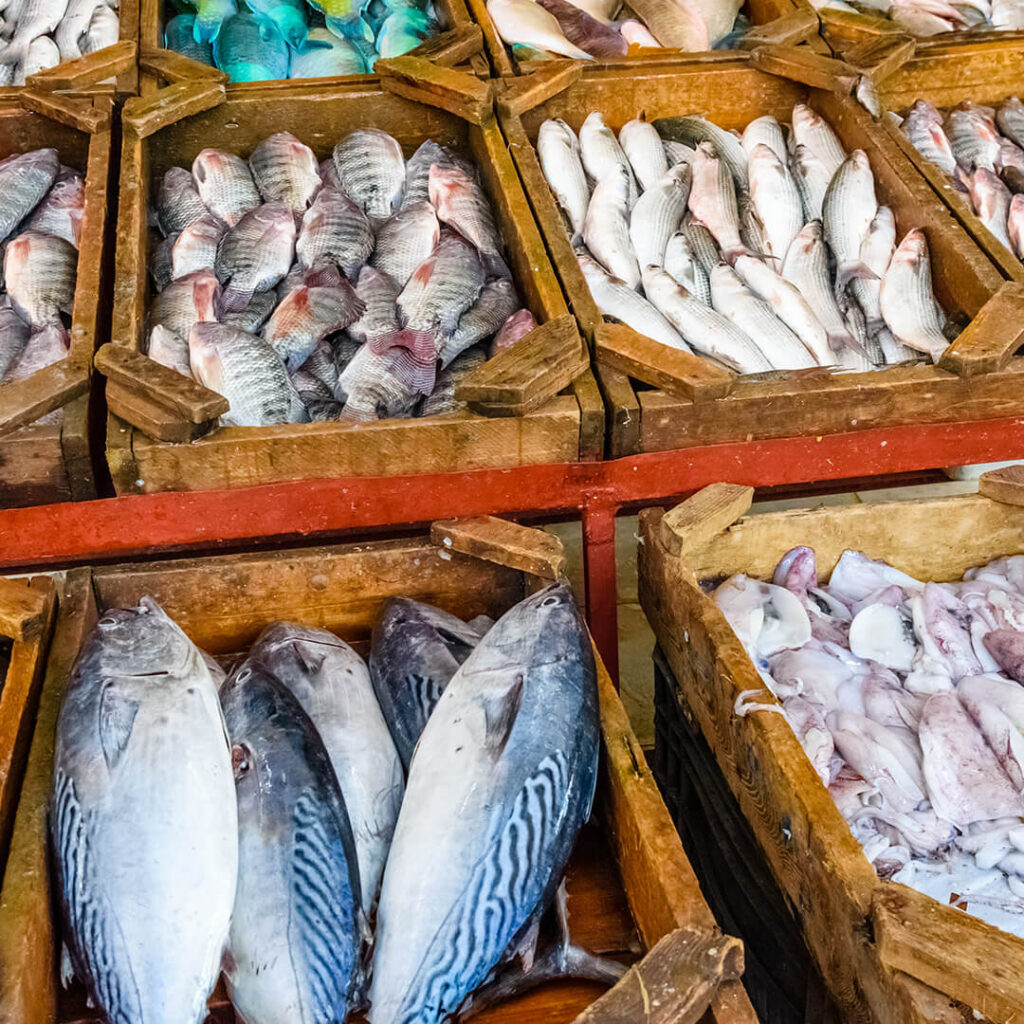The Impact of Animal Agriculture on Wildlife and Ecosystems”
While the ethical implications of consuming animal products are often at the forefront of discussions about veganism, the environmental impact of animal agriculture extends far beyond the treatment of farmed animals. In fact, the expansion of livestock farming and the production of feed crops have significant consequences for wildlife and ecosystems around the world.
One of the most significant ways in which animal agriculture affects wildlife is through habitat destruction and land conversion.
As demand for meat, dairy, and eggs continues to rise, vast swathes of land are cleared to make way for grazing pastures and feed crop cultivation.

This deforestation not only destroys critical habitats for countless species but also contributes to biodiversity loss and ecosystem fragmentation. In regions such as the Amazon rainforest, large-scale deforestation for cattle ranching poses a direct threat to iconic species like jaguars, sloths, and macaws, as well as indigenous communities who rely on the forest for their livelihoods.
Moreover, the production of feed crops for livestock is a major driver of environmental degradation. Soybeans, corn, and other feed grains require vast amounts of land, water, and chemical inputs to cultivate, leading to soil erosion, water pollution, and the depletion of natural resources. In addition, the intensive monoculture farming practices associated with feed crop production often result in the loss of native plant species and the disruption of local ecosystems. Pesticides and fertilizers used in feed crop cultivation can also have detrimental effects on non-target wildlife, including birds, insects, and aquatic organisms.
Furthermore, animal agriculture contributes to greenhouse gas emissions and climate change, which have profound implications for wildlife and ecosystems worldwide. The livestock sector is a significant source of methane and nitrous oxide, two potent greenhouse gases that contribute to global warming and climate instability.
Rising temperatures, altered precipitation patterns, and extreme weather events associated with climate change can disrupt ecosystems, disrupt wildlife migration patterns, and lead to habitat loss for vulnerable species. Coral reefs, mangroves, and other sensitive ecosystems are particularly vulnerable to the impacts of climate change, putting countless species at risk of extinction.
Exploitation of Our Seas
In addition to direct environmental impacts, animal agriculture also exacerbates other threats to wildlife, such as overfishing and habitat fragmentation. The demand for fishmeal and fish oil in animal feed production has led to overexploitation of marine resources and the depletion of fish stocks, threatening marine ecosystems and the millions of species that depend on them. Furthermore, the expansion of livestock farming often results in the fragmentation of natural habitats, making it more difficult for wildlife to find food, mates, and suitable breeding grounds.

Fish Market in Eygpt
Fortunately, there are steps we can take to mitigate the environmental impacts of animal agriculture and protect wildlife and ecosystems. By reducing our consumption of animal products and transitioning to plant-based diets, we can decrease the demand for feed crops and grazing land, thereby reducing pressure on natural habitats and wildlife.
Supporting sustainable farming practices, such as regenerative agriculture and agroforestry, can also help minimize environmental degradation and promote biodiversity conservation. Additionally, advocating for policies that prioritise conservation and habitat protection can help safeguard wildlife and ecosystems for future generations.
We must remember that the environmental impact of animal agriculture extends far beyond the treatment of farmed animals, affecting wildlife and ecosystems on a global scale. By recognising the interconnectedness of our food choices and the health of the planet, we can work towards a more sustainable and compassionate future for all living beings.
